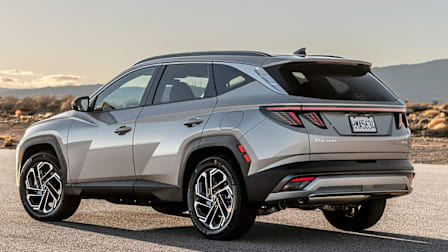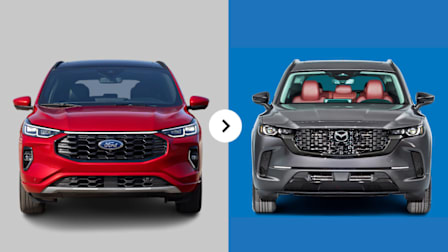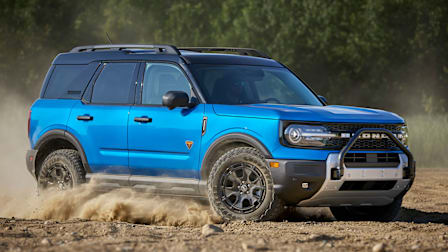First Drive: 2026 Hyundai Palisade Brings Style Without Nonsense
The redesigned three-row SUV proves that modern vehicles can be easy to live with. But we’re eagerly awaiting the hybrid version.

These days, it seems like some automakers are competing to create the least pleasant user experience. In the logbooks where Consumer Reports testers record their findings, you’ll find comments like: “Sure, it’s fun to drive on the track, but the steering wheel is a weird triangle”; “You can only change the audio volume with the tweezers from the game Operation”; and “In stop-and-go traffic, the brake pedal suddenly disappears into the footwell like a frightened rabbit.”
And then there’s the 2026 Hyundai Palisade, a redesigned version of the popular three-row SUV. Its interior and exterior stylishness made us suspect it would be yet another new car that prioritizes aesthetics over intuitiveness. But it appears to be refreshingly logical. The door handles are simple, you can see out of the windows, the brakes respond the same way every time you step on the pedal, and the infotainment system reliably connects to your phone. In general, it’s free of many of the tragic flaws we find in many other modern vehicles.
In the time we’ve spent with the 2026 Palisade that we purchased from a local Hyundai dealership (and another Palisade that Hyundai temporarily lent us for early evaluations), the SUV has proved to be an antidote to the new and impaired designs that so many automakers keep churning out. In addition, it’s also wowed us with a luxurious interior that could pass for a car that costs twice as much.




















